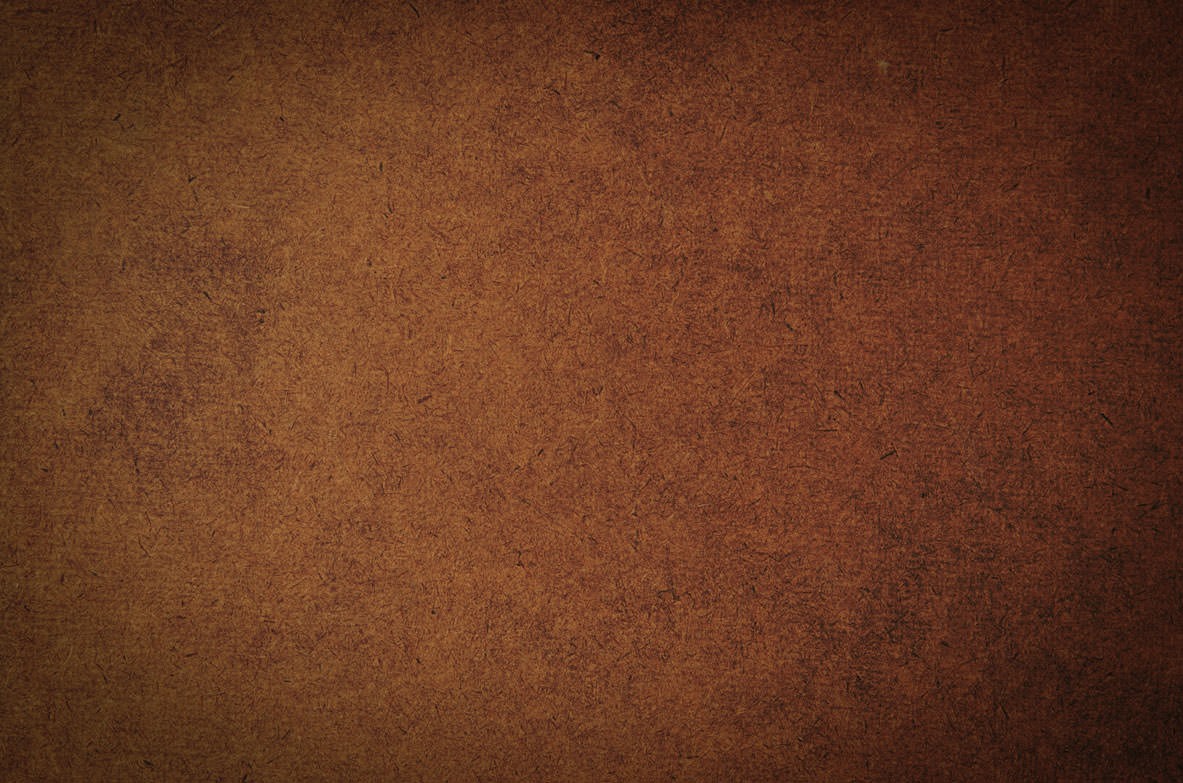

●
Creating the right atmosphere:
Educators should an-
nounce the location beforehand and keep the number
of group members between 10 and 30. They should
make a circular seating arrangement and create a re-
laxing environment. They should quickly get to know
the people who attend the meetings and use their
names while addressing them. They should provide
the groups with questions to start the discussion
but avoid pressuring people to participate by force.
Instead, they should leave things to time. They should
guarantee group members that their conversations
are completely confidential. A socially sufficient peer
will be a model for the group and help other members
feel free by encouraging active participation.
●
Progressing with a plan:
Planning is of key importance
for an effective peer education program. The plan must
state howmuch time will be allocated for practice.
The target audience, age and gender are determined;
needs are defined and then the subject is brought up
for discussion. The educator should draw attention to
the results of the discussion and the feedbacks. Then,
the effectiveness of the program is evaluated as well
as any behavioral changes experienced by the partici-
pants, if any. Attitude changes in aggressive behaviors,
success at school, interpersonal skills, self-control,
relations with family and peers, and substance abuse
are determined. At the end of the program, educators
can extend their gratitudes and present plaquets to the
members.
●
Getting to know the group very well:
It is important
to know what kind of substance the target audien-
ce used, why they used it, when they started their
knowledge and attitudes towards the issue, their
demographic background, family and cultural struc-
ture and their relationships with the environment. A
prevention program can be developed by conducting
surveys on these issues.
●
Talking about repellant concrete reasons:
Peer edu-
cator should encourage members in the group to talk
about negative results of using substances. If there
are points which are not discussed, the educator
should cover them, too. Specifically, focusing on the
physical risks of using substance can be an effective
method. It can be discussed in future programs that
substance abuse can cause chronic bronchitis and
shortness of breath, exacerbate asthma, damage
lungs, complicate pregnancy, affect sexual stamina
negatively, increase the likelihood of heart prob-
lems, cause infarction, increase the risk of paralysis
and cause lung, pancreas and bladder cancer.
●
Appreciating success:
Peer educators should tell
successful adolescents “Your face glows. The pimp-
les and wrinkles on your face have decreased. You
have started to enjoy the taste of foods and enjoy
the smell of things more. You have been saving your
allowance and can buy nutritious food for yourself.
Your mouth and clothes don’t smell. You are able to
talk not only with those who use substances but
all of your friends.” They should encourage ado-
lescents from an emotional perspective by saying,
“Now, you can think more clearly and your grades
are higher. You are an active participant in your
class. You aren’t distracted any more. You started to
participate in physical activities which you didn’t do
before. I like you. You are a good person with a very
good heart.” Adolescents should also be motivated
through encouragement to participate in activities
such as sports, music, folk dancing, theatre, handic-
rafts, scouting and mountain climbing as well as so-
cial assistance campaigns. They should be asked to
stay away from people who smoke and use alcohol
and if there are family members who use cigarettes
and alcohol, they should be asked to be supportive.
During the withdrawal period which lasts one to two
weeks, negative feelings and situations can trigger
adolescents’ impulses to use substances or smoke.
Family members should be visited if necessary. All
these attempts will works thanks to a teamwork
among the leaders and members who participate in
peer education.
PEEREDUCATOR?
yesilay.org.tr
9
YEŞiLAY
•
October-November-December 2015

















